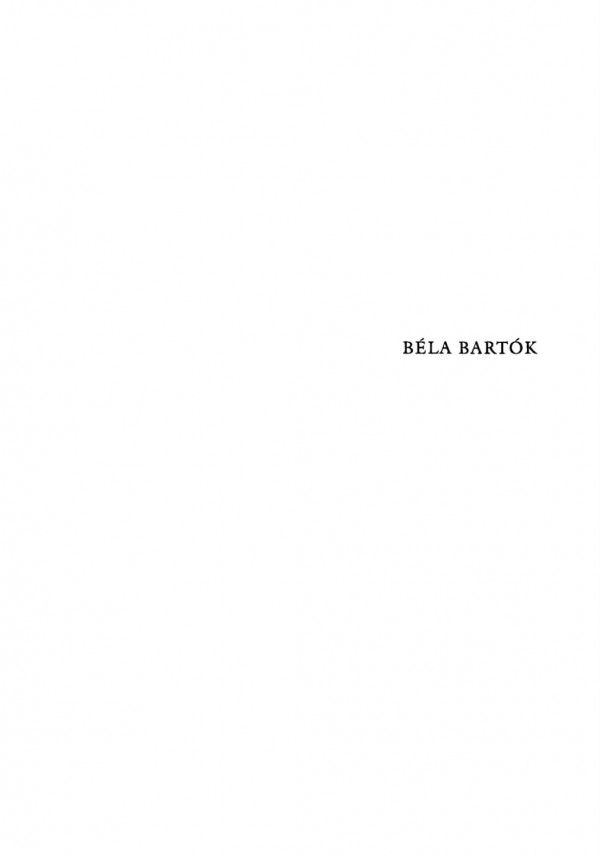

Most ebook files are in PDF format, so you can easily read them using various software such as Foxit Reader or directly on the Google Chrome browser.
Some ebook files are released by publishers in other formats such as .awz, .mobi, .epub, .fb2, etc. You may need to install specific software to read these formats on mobile/PC, such as Calibre.
Please read the tutorial at this link: https://ebookbell.com/faq
We offer FREE conversion to the popular formats you request; however, this may take some time. Therefore, right after payment, please email us, and we will try to provide the service as quickly as possible.
For some exceptional file formats or broken links (if any), please refrain from opening any disputes. Instead, email us first, and we will try to assist within a maximum of 6 hours.
EbookBell Team

4.4
102 reviewsThis long-awaited, authoritative account of Bartók's compositional processes stresses the composer's position as one of the masters of Western music history and avoids a purely theoretical approach or one that emphasizes him as an enthusiast for Hungarian folk music. For Bèla Bartók, composition often began with improvisation at the piano. Làszló Somfai maintains that Bartók composed without preconceived musical theories and refused to teach composition precisely for this reason. He was not an analytical composer but a musical creator for whom intuition played a central role. These conclusions are the result of Somfai's three decades of work with Bartók's oeuvre; of careful analysis of some 3,600 pages of sketches, drafts, and autograph manuscripts; and of the study of documents reflecting the development of Bartók's compositions. Included as well are corrections preserved only on recordings of Bartók's performances of his own works. Somfai also provides the first comprehensive catalog of every known work of Bartók, published and unpublished, and of all extant draft, sketch, and preparatory material. His book will be basic to all future scholarly work on Bartók and will assist performers in clarifying the problems of Bartók notation. Moreover, it will be a model for future work on other major composers.